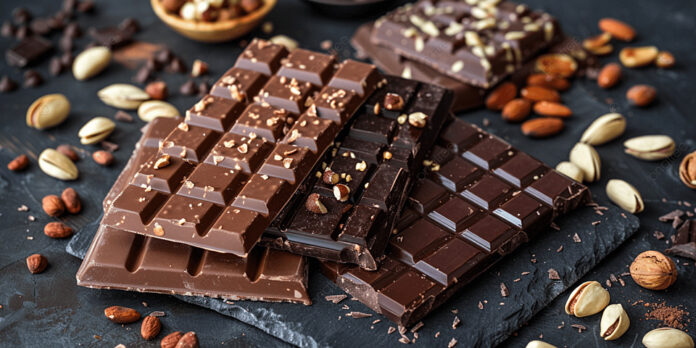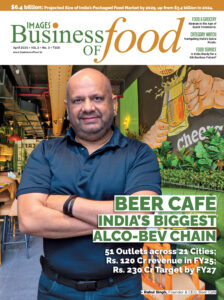The Indian chocolate market is experiencing substantial growth, with a valuation of $2.45 billion in 2024 and an expected annual growth rate (CAGR) of 8.2%, projected to reach $5.04 billion by 2034, according to estimates from marketing consulting firm Prophecy Market Insights. This growth has been driven by rising consumption in urban and semi-urban regions, where leading chocolate brands have introduced products at competitive prices, expanding options for consumers across premium and affordable segments.
Despite relatively low per capita chocolate consumption in India—averaging 100-200 grams per person compared to Japan’s 2 kg and Europe’s 5-9 kg—the demand for chocolate has seen consistent increases, especially within the milk chocolate sector, which currently dominates the Indian market. However, there is a notable surge in premium chocolate interest, comprising 9% of all chocolate sales in the country. An increasing variety of dark chocolate brands, including Hershey’s, Lindt, Amul, and Cadbury, has further expanded this segment, supported by the fact that India imports approximately 57% of its 30,000 metric tons of cocoa bean consumption, as per the International Cocoa Organization.
India’s cocoa industry is also a key export contributor, with over 10 multinational companies engaged in the export of cocoa products, including beans, chocolate, cocoa butter, and cocoa powder, generating foreign exchange revenues worth ₹1,108 crore.
The Indian chocolate market remains fragmented yet competitive, with established international players like Mondelez (Cadbury), Nestlé, Mars, and Ferrero alongside prominent domestic brands such as Amul, ITC, and Surya Food & Agro Ltd. The growth trajectory and consumer interest indicate a promising outlook for the industry, as Indian consumers increasingly gravitate toward diverse chocolate offerings, from everyday treats to luxury brands.




